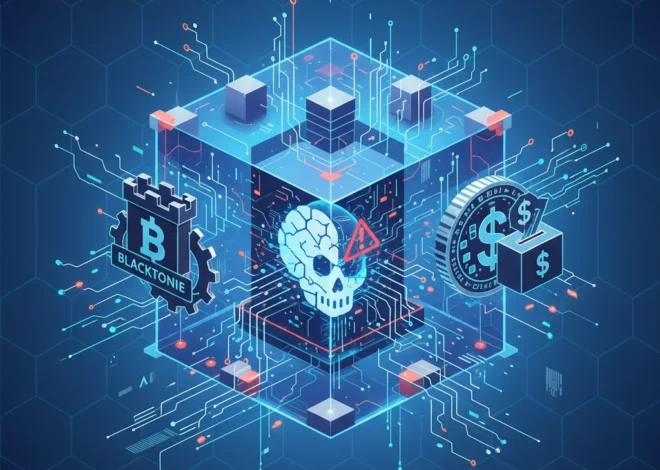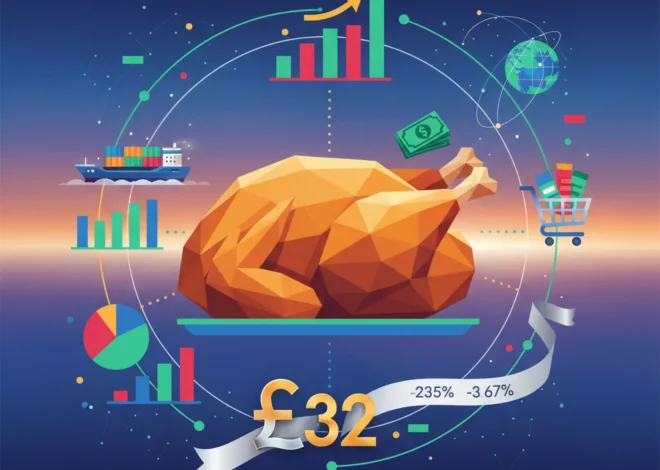
The Bank of Mom and Dad vs. Fintech: Why Informal Loans Are Winning the Credit War
The Unseen Competitor in the Fintech Revolution
In the bustling world of financial technology, a quiet but formidable competitor is gaining ground, and it isn’t a flashy startup or a legacy bank. It’s the “Bank of Mom and Dad.” A recent revelation has sent ripples through the consumer credit landscape: more individuals are turning to family and friends for financial assistance than to the ubiquitous Buy Now, Pay Later (BNPL) services. According to a study highlighted by the BBC, this trend underscores a profound shift in consumer behavior, driven by a complex interplay of economic pressure, trust, and the search for flexibility in an increasingly rigid financial world.
While the fintech sector has poured billions into creating seamless, one-click credit solutions, the age-old practice of informal, personal lending remains a dominant force. This isn’t just a quaint footnote in modern finance; it’s a critical data point for investors, business leaders, and anyone involved in the economy. It raises fundamental questions: Why, in an era of unprecedented technological convenience, is a centuries-old social contract outperforming sophisticated algorithms? And what does this tell us about the future of consumer credit, investing, and the very fabric of our financial system?
The Meteoric Rise and Hidden Ceiling of BNPL
To understand the significance of this trend, we must first appreciate the phenomenon that is Buy Now, Pay Later. Exploding onto the scene over the last decade, BNPL services like Klarna, Afterpay, and Affirm revolutionized online checkout. They offered a tantalizing proposition: instant gratification with deferred financial consequences, often interest-free, and without the stringent credit checks associated with traditional loans or credit cards. This model proved wildly successful, particularly among younger demographics, and the global BNPL market was valued at over $190 billion in 2022, with projections to soar past $3.7 trillion by 2030, according to Allied Market Research.
The appeal is clear. BNPL integrates directly into the consumer’s purchasing journey, transforming a significant financial decision into a simple, frictionless transaction. For many, it felt less like taking on debt and more like a smart budgeting tool. This perception fueled its growth, making BNPL a cornerstone of modern e-commerce and a major disruptor in the banking and payments industry. However, the recent data suggests this explosive growth may have a “social ceiling”—a point where deep-seated human trust and relationship dynamics present a barrier to further market penetration.
Anatomy of a Downfall: Petrofac's Collapse and the Hard Lessons for Investors and the Economy
Why Family and Friends Remain the Lender of First Resort
The core finding that more people seek help from their inner circle than from BNPL platforms is a testament to the enduring power of human relationships in financial matters. The reasons are multifaceted and deeply rooted in both psychology and practical economics.
- Zero-Interest and Flexibility: The most obvious advantage is the cost. Family loans are typically interest-free. Furthermore, repayment terms are often flexible and based on mutual understanding, a stark contrast to the rigid, algorithmically enforced payment schedules of BNPL services. If a person faces an unexpected job loss, a family member is more likely to grant a payment holiday than a fintech corporation.
- Trust Over Transactions: Borrowing from a loved one is an act of trust, not a formal transaction. There are no credit scores, no data harvesting, and no risk of being reported to a credit bureau. In an age of data breaches and algorithmic judgment, the appeal of a private, trust-based financial arrangement is immense.
- Economic Necessity: The current economic climate cannot be overstated as a driver. With inflation eroding purchasing power and central banks raising interest rates, the cost of formal credit is rising. For individuals with thin credit files or those already burdened with debt, traditional banking channels and even some BNPL services may be inaccessible or prohibitively expensive. The “Bank of Mom and Dad” often becomes the only viable option.
However, this path is not without its perils. The same BBC report notes that for some, borrowing from family has negatively impacted those crucial relationships, introducing stress, resentment, and awkwardness where there was once only support.
A Comparative Analysis: Informal Loans vs. Fintech Credit
To better understand the decision-making process for a consumer in need of short-term funds, a direct comparison is essential. The table below breaks down the key attributes of each option.
| Feature | Family & Friends Loan | Buy Now, Pay Later (BNPL) |
|---|---|---|
| Cost (Interest/Fees) | Typically 0%. No late fees, but potential for non-monetary “social cost.” | Often 0% if paid on time. Can have high late fees and interest on longer-term plans. |
| Impact on Credit Score | None. The transaction is off-the-books and not reported to credit agencies. | Increasingly, yes. Many providers now report to credit bureaus, meaning missed payments can damage your score. |
| Accessibility | Dependent on personal relationships and the lender’s financial capacity. | High accessibility with soft or no credit checks for basic plans. Widely available at online checkouts. |
| Repayment Flexibility | Extremely high. Terms are negotiable and can adapt to changing circumstances. | Low to moderate. Payments are automated and rigid. Extensions may be difficult to obtain. |
| Relational Risk | High. Financial strain can permanently damage personal relationships. | Low. The relationship is purely transactional with a corporate entity. |
| Regulation & Recourse | None. Lack of formal contract can lead to disputes with no legal recourse. | Varies by region, but regulatory scrutiny is increasing globally, offering some consumer protection. |
The Ripple Effects: Implications for Finance and Investing
This consumer preference is more than a human-interest story; it carries significant implications for the entire financial ecosystem, from individual investors monitoring the stock market to the strategic planning of multinational banks.
For Investors and the Fintech Sector
Investors who once saw BNPL as a sector with limitless growth must now recalibrate their expectations. The “Bank of Mom and Dad” represents a vast, unaddressable market for these companies. This suggests that the Total Addressable Market (TAM) for purely transactional, short-term credit may be smaller than many models predicted. For those involved in trading stocks of public BNPL firms, this trend is a bearish signal, indicating a potential ceiling on user acquisition and a need for product diversification. Fintech companies must innovate beyond mere convenience. Can they build products that engender more trust? Can they offer the flexibility that consumers crave? The next wave of innovation in financial technology might focus less on speed and more on empathy and adaptability.
For Traditional Banking
For decades, traditional banks have been criticized for being slow to serve the small-dollar, short-term credit market, leaving a vacuum that BNPL providers eagerly filled. This new data presents an opportunity. Banks, which often have deep, long-standing relationships with their customers, are uniquely positioned to leverage that trust. By developing more flexible, low-cost small loan products, they could recapture a segment of the market that has drifted towards both fintech and family loans. This could involve rethinking traditional underwriting models and embracing technology to offer more personalized and responsive lending solutions.
Bitcoin's Bullish Breakout: Decoding the Signals and What's Next for Investors
Navigating the Future of Consumer Credit
The choice between borrowing from a loved one and using a BNPL service is a microcosm of a larger debate in modern finance: the tension between human-centric trust and algorithmic efficiency. While fintech has made credit more accessible, it hasn’t fully replicated the nuanced, flexible, and deeply personal nature of borrowing from someone you know.
For consumers, the key is awareness. Informal loans should ideally be accompanied by clear, written agreements to prevent misunderstandings and protect relationships. A simple document outlining the loan amount, repayment plan, and any agreed-upon interest can save immense heartache down the line. As a study from the Pew Charitable Trusts shows, borrowers prioritize affordability and fair terms, something not always present in high-cost credit options.
For the industry, the message is clear: the greatest untapped market is the one built on trust. The financial institutions and fintech innovators that can successfully blend the efficiency of technology with the empathy and flexibility of a human relationship will not only win market share but also build a more resilient and inclusive financial future. The “Bank of Mom and Dad” isn’t a competitor to be beaten; it’s a model to be learned from.


